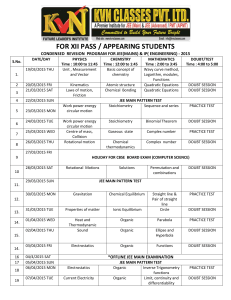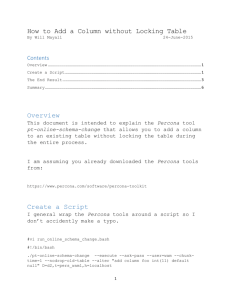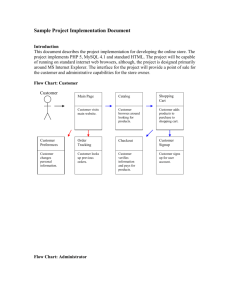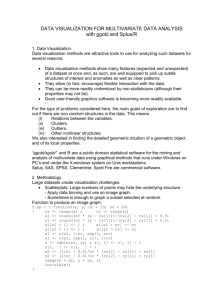Introduction to Hypothesis Tests Practice Questions
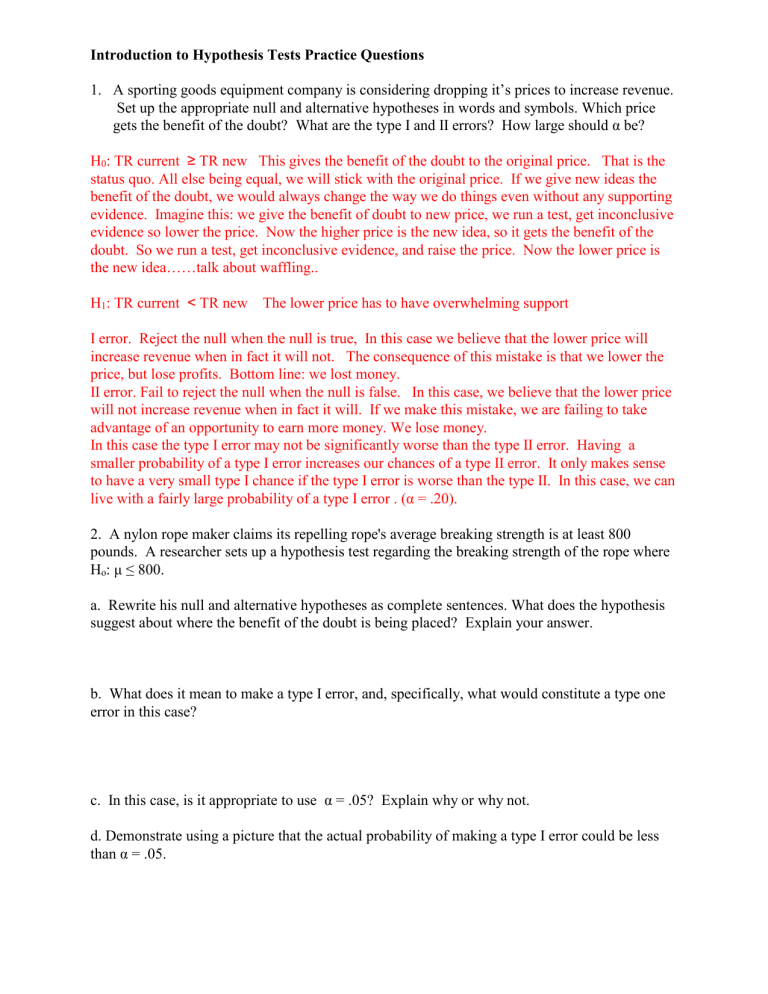
Introduction to Hypothesis Tests Practice Questions
1.
A sporting goods equipment company is considering dropping it’s prices to increase revenue.
Set up the appropriate null and alternative hypotheses in words and symbols. Which price gets the benefit of the doubt? What are the type I and II errors? How large should α be?
H
0
: TR current
≥
TR new This gives the benefit of the doubt to the original price. That is the status quo. All else being equal, we will stick with the original price. If we give new ideas the benefit of the doubt, we would always change the way we do things even without any supporting evidence. Imagine this: we give the benefit of doubt to new price, we run a test, get inconclusive evidence so lower the price. Now the higher price is the new idea, so it gets the benefit of the doubt. So we run a test, get inconclusive evidence, and raise the price. Now the lower price is the new idea……talk about waffling..
H
1
: TR current < TR new The lower price has to have overwhelming support
I error. Reject the null when the null is true, In this case we believe that the lower price will increase revenue when in fact it will not. The consequence of this mistake is that we lower the price, but lose profits. Bottom line: we lost money.
II error. Fail to reject the null when the null is false. In this case, we believe that the lower price will not increase revenue when in fact it will. If we make this mistake, we are failing to take advantage of an opportunity to earn more money. We lose money.
In this case the type I error may not be significantly worse than the type II error. Having a smaller probability of a type I error increases our chances of a type II error. It only makes sense to have a very small type I chance if the type I error is worse than the type II. In this case, we can live with a fairly large probability of a type I error . (α = .20).
2. A nylon rope maker claims its repelling rope's average breaking strength is at least 800 pounds. A researcher sets up a hypothesis test regarding the breaking strength of the rope where
H o
: μ ≤ 800. a. Rewrite his null and alternative hypotheses as complete sentences. What does the hypothesis suggest about where the benefit of the doubt is being placed? Explain your answer. b. What does it mean to make a type I error, and, specifically, what would constitute a type one error in this case? c. In this case, is it appropriate to use α = .05? Explain why or why not. d. Demonstrate using a picture that the actual probability of making a type I error could be less than α = .05.
e. Use a picture to illustrate the probability of making a type II error. What would constitute a type II error in this case?
3. Global warming could be said to exist if the growth in the long-run average temperature of the earth is positive. Set up the two possible hypothesis tests in symbols and as sentences. In each case, what are the two possible errors and the two possible correct decisions. What action would be taken in each case if slight warming was observed.






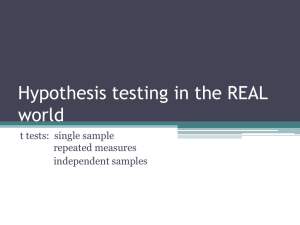

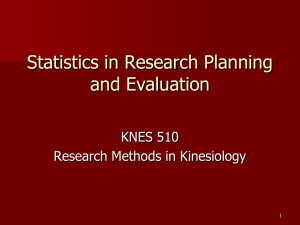
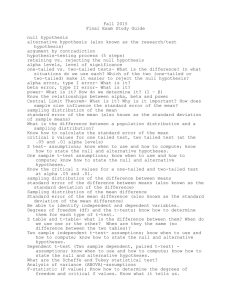


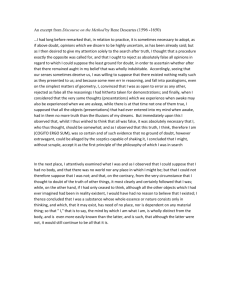
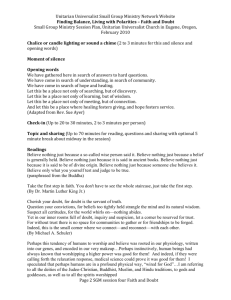

![Peirce What Pragmatism Is [DOC]](http://s3.studylib.net/store/data/006691816_1-3ea24875f239a19d00f914dc7c6f25fb-300x300.png)
